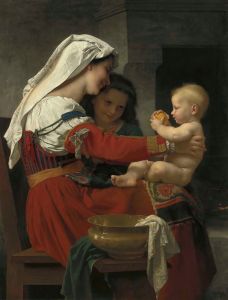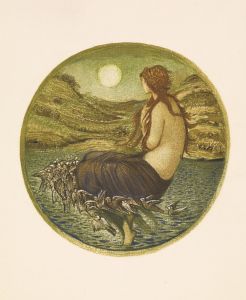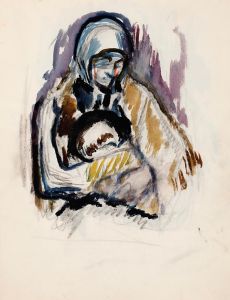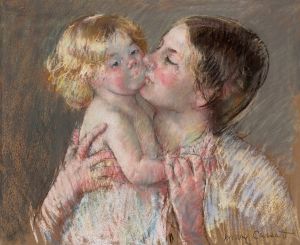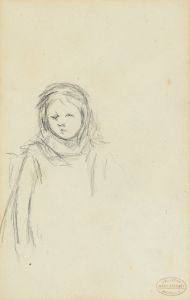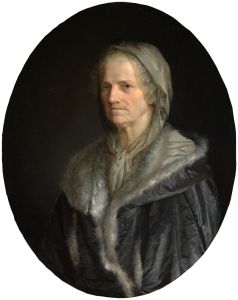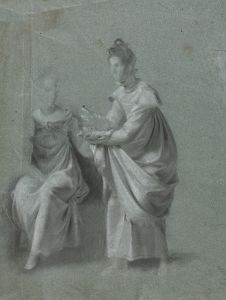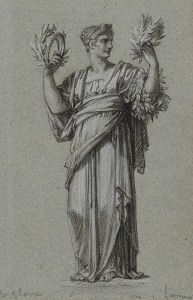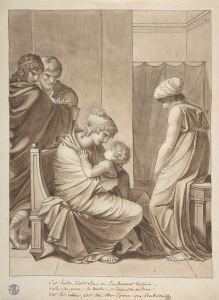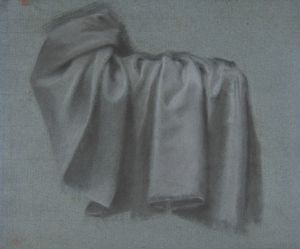
Venus and Adonis
A hand-painted replica of Pierre-Paul Prud'hon’s masterpiece Venus and Adonis, meticulously crafted by professional artists to capture the true essence of the original. Each piece is created with museum-quality canvas and rare mineral pigments, carefully painted by experienced artists with delicate brushstrokes and rich, layered colors to perfectly recreate the texture of the original artwork. Unlike machine-printed reproductions, this hand-painted version brings the painting to life, infused with the artist’s emotions and skill in every stroke. Whether for personal collection or home decoration, it instantly elevates the artistic atmosphere of any space.
Pierre-Paul Prud'hon was a French Romantic painter known for his allegorical and mythological subjects, as well as his portraits. One of his notable works is "Venus and Adonis," which reflects his mastery in depicting classical themes with a romantic sensibility.
"Venus and Adonis" is a painting that draws upon the rich tapestry of classical mythology. The story of Venus and Adonis originates from Ovid's "Metamorphoses," a narrative poem that has inspired countless artists throughout history. In the myth, Venus, the goddess of love, falls deeply in love with the handsome mortal Adonis. Despite her warnings, Adonis is tragically killed by a wild boar during a hunt, a tale that underscores themes of love, beauty, and the fleeting nature of life.
Prud'hon's interpretation of this mythological subject is characterized by his distinctive style, which blends elements of Neoclassicism and Romanticism. His work often features a soft, ethereal quality, achieved through delicate brushwork and a subtle use of light and shadow. This approach is evident in "Venus and Adonis," where Prud'hon captures the tenderness and tragedy of the narrative.
In the painting, Venus is typically depicted as an embodiment of beauty and grace, her form rendered with a gentle luminosity that highlights her divine nature. Adonis, on the other hand, is portrayed with youthful vigor and handsomeness, embodying the idealized human form. Prud'hon's composition often places the figures in a harmonious landscape, enhancing the romantic and idyllic atmosphere of the scene.
Prud'hon's work is noted for its emotional depth and the way it conveys the psychological complexity of its subjects. In "Venus and Adonis," this is reflected in the expressions and gestures of the figures, which communicate a sense of longing and impending loss. The painting invites viewers to contemplate the interplay of love and fate, a theme that resonates with the Romantic sensibilities of Prud'hon's time.
Pierre-Paul Prud'hon was active during a period of significant artistic transition in France, bridging the gap between the Neoclassical and Romantic movements. His work, including "Venus and Adonis," reflects this transitional style, combining the clarity and order of Neoclassicism with the emotional intensity and individualism of Romanticism. Prud'hon's paintings were highly regarded during his lifetime, and he enjoyed the patronage of influential figures, including Napoleon Bonaparte and Empress Joséphine.
While "Venus and Adonis" is a testament to Prud'hon's skill in rendering mythological subjects, it also exemplifies his broader artistic contributions. His ability to infuse classical themes with a sense of romantic emotion and psychological depth has secured his place in the history of art. Today, Prud'hon's works, including "Venus and Adonis," continue to be studied and appreciated for their technical mastery and evocative power.





